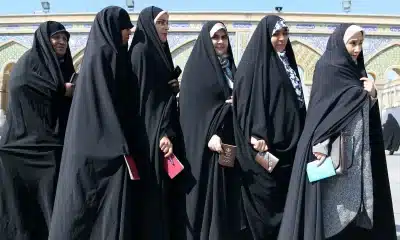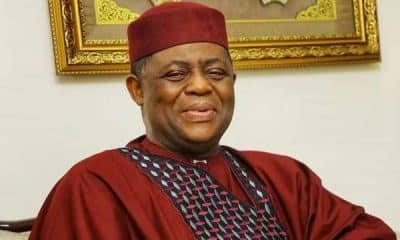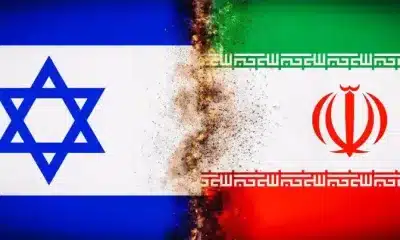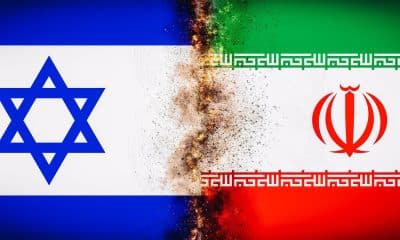World News
4.5-Magnitude Earthquake Hits Iran Near Nuclear Power Plant
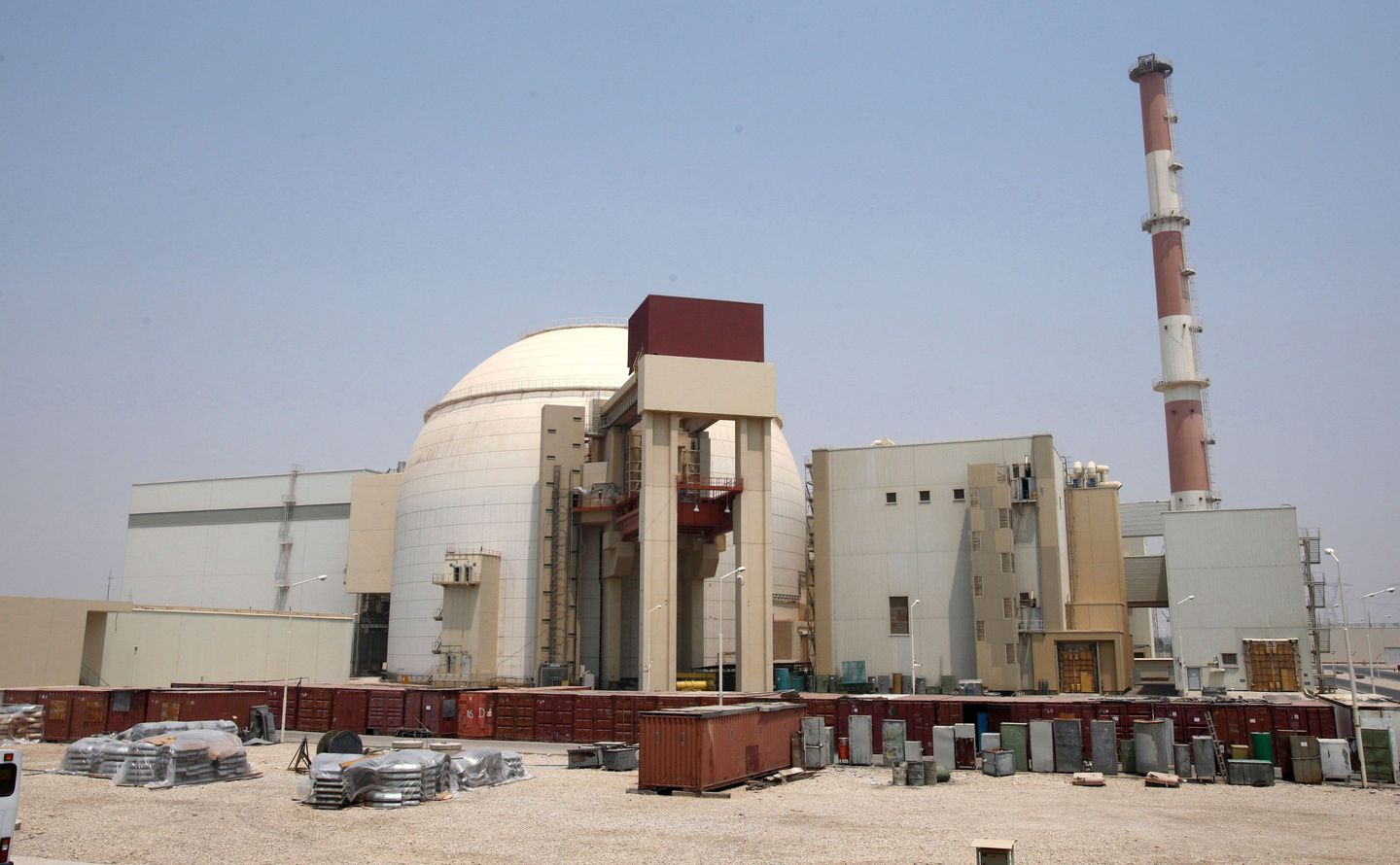
Iran was once again the victim of a major earthquake. Wednesday, January 8, the southwest region of the country was affected by an earthquake of magnitude 4.5, according to the American Geological Institute (USGS). The quake was particularly felt in Bushehr, where a nuclear power plant is located, according to the official Iranian agency IRNA. Seven people were injured. The material damage appears to be very limited, according to local media. The 10-kilometer-long earthquake rocked an area 17 kilometres southeast of the city of Borazjan at 6:49 a.m, according to the USGS institute’s website.
Quoted by the Iranian state television, Jahangir Dehghani director-general of the crisis cell of the province of Bushehr, indicates that “seven people were injured by this earthquake”, three of which have already left the hospital. Regarding material damage, state television only mentions “cracks in some buildings”. And according to Jahangir Dehghani, “the team of the crisis cell is [on the spot] and assessing the damage”.
The earthquake comes two weeks after a 5.1-magnitude earthquake struck the same area, leaving no casualties or causing significant damage. Located on the borders of several tectonic plates and crossed by several faults, Iran is an area of strong seismic activity. The last major earthquake dates back to November 2017, when an earthquake of magnitude 7.3 in the province of Kermanshah (West) left 620 dead.
A nuclear power plant built by Russia
The Bushehr plant, which produces 1,000 megawatts, was built by Russia and was officially delivered in September 2013, after years of delay. In 2016, Russian and Iranian companies began building two more 1,000-megawatt reactors in Bushehr. The work is expected to take ten years. Iran’s neighbouring Gulf countries have repeatedly expressed concern over the reliability of the Bushehr plant and raised the risk of radioactive leakage in the event of a major earthquake.
The Islamic Republic wishes to build twenty nuclear power plants in the long term in order to diversify its energy resources, in order to be less dependent on fossil fuels for its domestic consumption. Its nuclear program is at the heart of a dispute with the United States, which suspects Iran of seeking to acquire the atomic bomb, which Tehran categorically denies. Tensions between the two countries have intensified since the unilateral withdrawal in May 2018 of US President Donald Trump from the Iranian international nuclear agreement, followed by the reinstatement of tough economic sanctions against Tehran.
They have reached a new peak in recent days with the assassination by Washington on Friday of an Iranian general in Iraq and missile strikes fired in retaliation by the Islamic Republic on the night of Tuesday to Wednesday against an Iraqi base used by the American army. Since May, Iran has stopped honouring some of its commitments under the agreement in response to U.S. sanctions, when it had previously met them, according to the International Atomic Energy Agency ( IAEA). Following the death of the Iranian general, Tehran announced on January 5 that it no longer felt bound by any limit “on the number of its centrifuges”.

